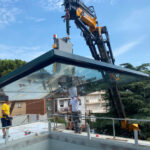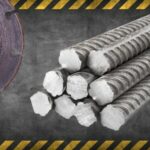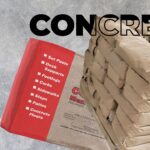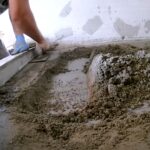Being someone who spent a great deal of time working with construction materials, I often get asked: “How long does it take for a bag of Quikrete to dry?” On one occasion, I was at a family barbecue when my brother-in-law decided it was the perfect time to discuss his new driveway. The question arose, and, spatula in hand, I found myself explaining the complexities of concrete drying times.
That conversation inspired me to delve deeper into this topic, so in this post, we’re going to unravel the many factors that affect Quikrete drying times and how to manipulate them to your advantage.
A Brief Overview
Quikrete is a household name in the construction industry. Synonymous with high-quality concrete mixes, it offers an easily accessible solution for both the amateur DIY enthusiast and the professional builder.
It is essentially a blend of cement, sand, and gravel or stone. It’s an all-in-one bag solution to which you only need to add water. By providing all the necessary ingredients in the correct ratios, it takes the guesswork out of concrete mixing.
Different Types of Quikrete
This concrete mix isn’t a one-size-fits-all product. The company produces several different types of concrete mixes, each designed for specific applications. Some set faster than others, and this significantly affects drying times. Understanding these variations is key to choosing the right product for your project.
Curing Process
Curing is a critical phase in the life of any concrete structure. It involves maintaining adequate moisture, temperature, and time conditions to allow the concrete to achieve its potential strength and durability.
The Chemistry Behind Curing
The curing process involves a chemical reaction known as hydration. When water is added to the Quikrete mix, it reacts with the cement to form a hard, stone-like substance. This process generates heat, which speeds up the drying time in the early stages.
Importance of Curing
Proper curing is crucial because it directly affects the strength and durability of the structure. If the Quikrete dries too quickly, it may crack or fail to reach its full strength. For optimal results, a balance must be struck between speed and quality of curing.
What Affects Drying Time
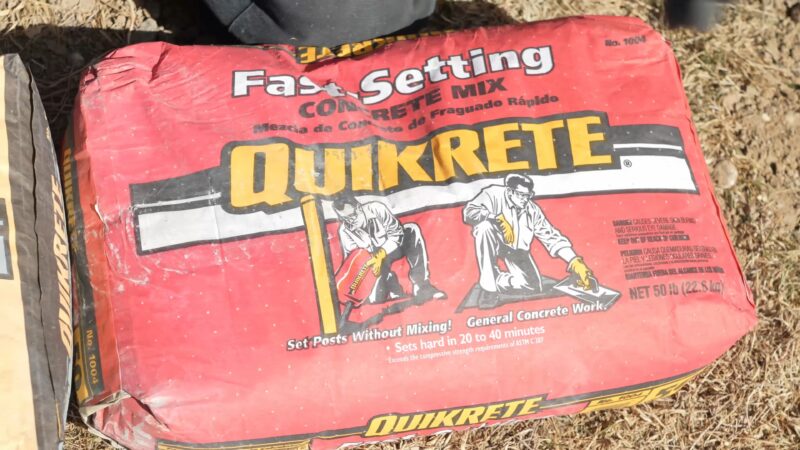
The drying time of Quikrete can be influenced by several factors, such as the type of mix used, weather conditions, and the thickness of the application.
The Type of Quikrete Mix
As mentioned earlier, Quikrete offers a variety of mixes. Fast-Setting Concrete Mix, for instance, can set in 20 to 40 minutes, while the High Strength Concrete Mix may take several hours.
Environmental Conditions
Weather conditions significantly affect Quikrete’s drying time. High temperatures, low humidity, and wind can cause the mix to dry faster. Conversely, in colder weather, the process could take longer.
How to Speed Up the Drying Process
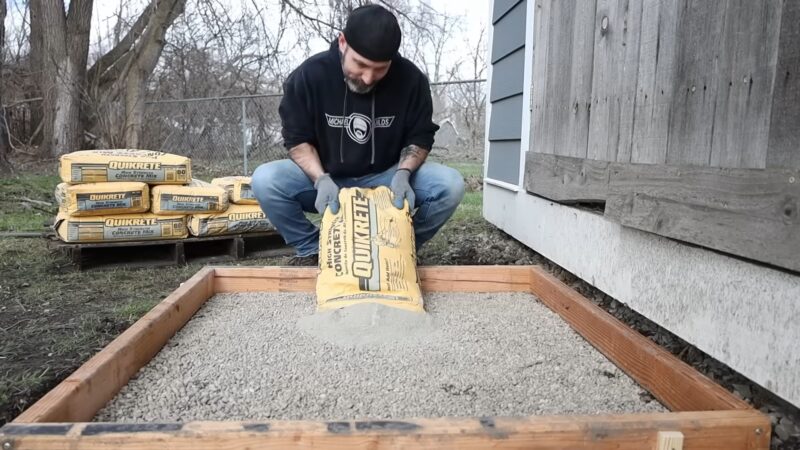
While you cannot drastically reduce the Quikrete drying time without compromising its strength, some techniques can slightly speed up the process.
Adding Accelerators
Accelerators, such as calcium chloride, can speed up the curing process. However, they must be used with caution as they can lead to shrinkage and cracking.
Proper Insulation
Using insulation blankets or heated enclosures during cold weather can prevent the concrete from freezing and help it cure faster.
Potential Pitfalls and How to Avoid Them
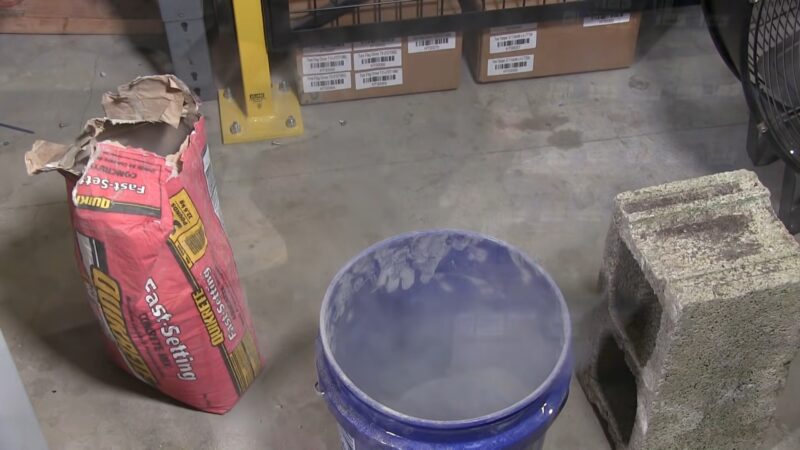
Working with Quikrete can be straightforward, but it also presents a few potential challenges. Understanding these pitfalls can help you ensure the success of your project.
Over-Adding Water
Adding too much water to the mix can weaken the final structure. It’s essential to follow the manufacturer’s instructions to achieve the correct water-to-cement ratio.
Rushing the Drying Process
Rushing the drying process can lead to cracks and other structural issues. Remember, patience is vital when working with concrete.
Tips for Using This Concrete Mix Successfully
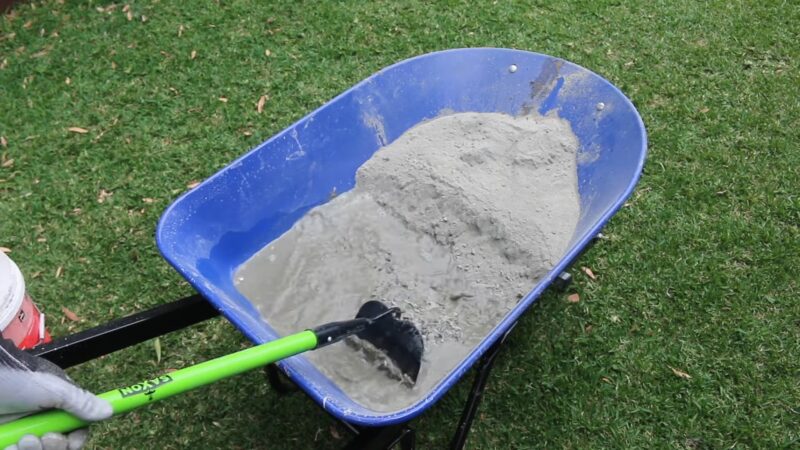
While Quikrete is an easy-to-use product, there are a few tips that can ensure optimal results. The right practices make all the difference between an excellent result and a failed project.
Preparation is Key
Before you begin, make sure you have all the necessary tools and materials at hand. Preparation also includes ensuring the area where you plan to pour the Quikrete is properly cleaned and prepped.
Follow the Instructions to the Letter
Quikrete’s packaging comes with detailed instructions regarding the amount of water to be added and the steps to follow. Ensure you read and adhere to these instructions to avoid any mishaps.
How to Store It
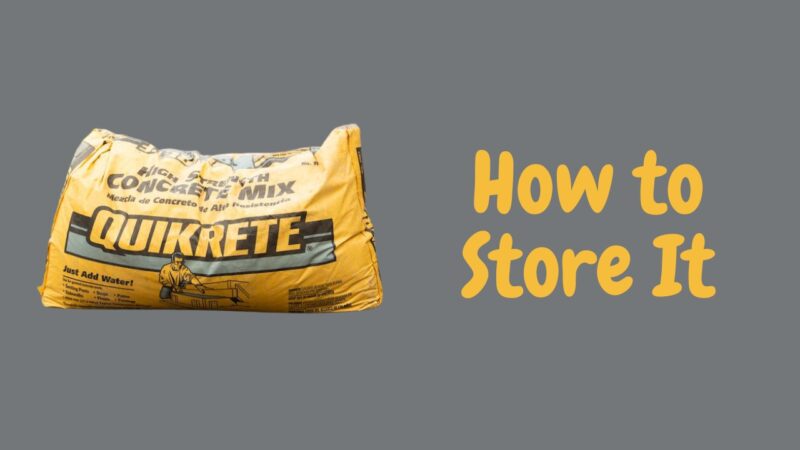
One aspect often overlooked when working with Quikrete is proper storage. Improper storage can affect the quality and performance of the product.
Proper Storage Conditions
Quikrete should be stored in a dry place off the ground. Exposure to moisture can trigger the hydration process, rendering the mix unusable.
Shelf Life
Although Quikrete does not technically expire, it will become less effective over time, especially if it’s not stored under the right conditions.
Environmental Impact

Like all cement-based products, Quikrete has an environmental footprint. Understanding these impacts is vital for sustainable construction.
Carbon Emissions in Cement Production
The production of cement, a component in Quikrete, contributes to carbon emissions. However, Quikrete has implemented strategies to mitigate these emissions, such as using alternative fuels in its manufacturing process.
Quikrete and Sustainable Building Practices
Quikrete is committed to sustainable building practices and offers several products that contribute to sustainable construction, such as recycled aggregates in its mixes.
Quikrete in Repair and Maintenance
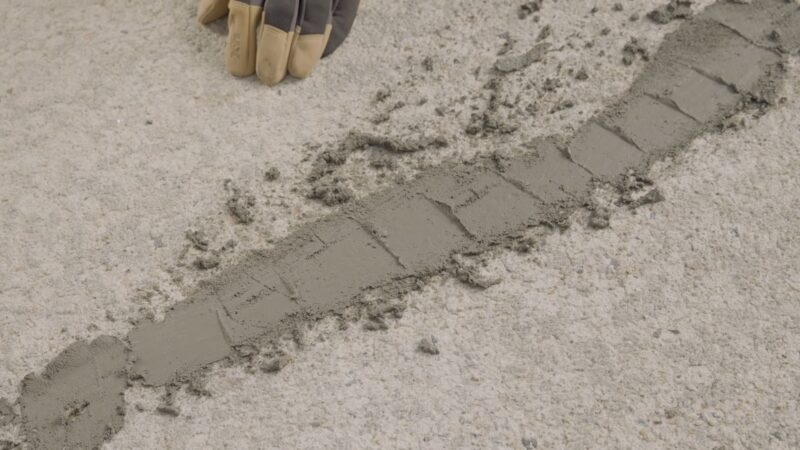
This concrete mix is not only ideal for creating new structures but also a perfect solution for repair and maintenance. Its easy application and quick setting time make it suitable for fixing minor issues around the home or construction site.
Common Repairs
Quikrete can be used for a variety of repairs, including fixing cracks in concrete slabs, mending broken steps, or filling holes in walls.
Maintenance Tips
Regularly inspect your structures and fix any issues as soon as they occur to prevent more significant damage. A small bag of Quikrete can go a long way in maintaining the longevity of your structures.
FAQs
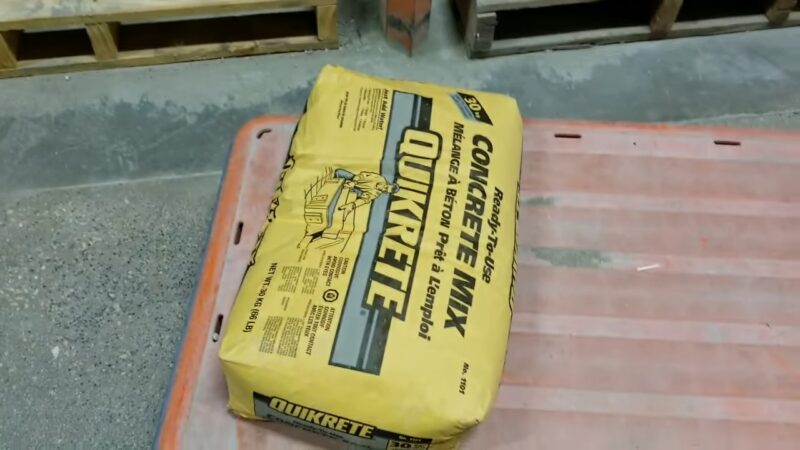
Can I Speed up Quikrete Drying by Adding More Water?
No. Adding more water will make the mix easier to pour, but it can drastically reduce the final strength of the concrete.
What Happens if Quikrete Gets Wet After It’s Been Poured?
If it rains shortly after you pour it, it can delay the curing process, weaken the concrete, and cause a rough surface.
Can I Use a Heater or A Fan to Speed up The Drying Process?
While a heater or fan can speed up surface drying, it doesn’t speed up the internal curing process. Using these methods could lead to a weaker structure.
How Do I Know When The Quikrete Is Fully Cured?
Typically, it achieves 90% strength after 24 hours, but full curing doesn’t occur until about 28 days.
Final Words
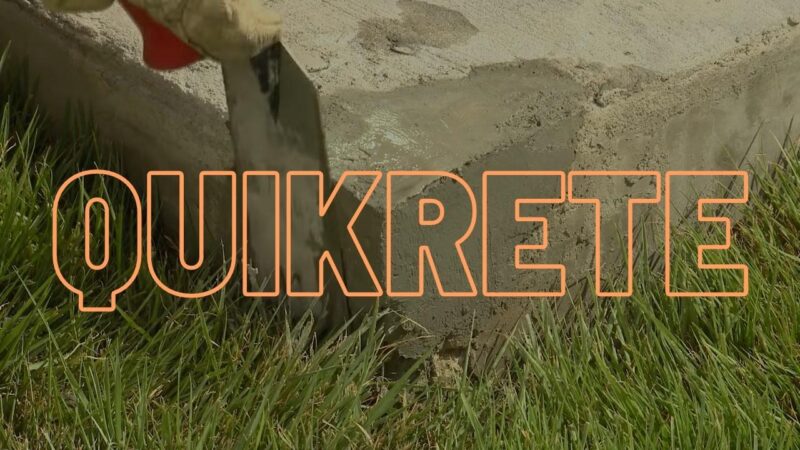
As we wrap up this guide, I hope you now have a deeper understanding of Quikrete and the many factors affecting its drying time. Always remember patience is key when it comes to working with concrete. Good luck with your building projects!
Discover a detailed step-by-step guide on selecting the ideal concrete mix for shower pans.


